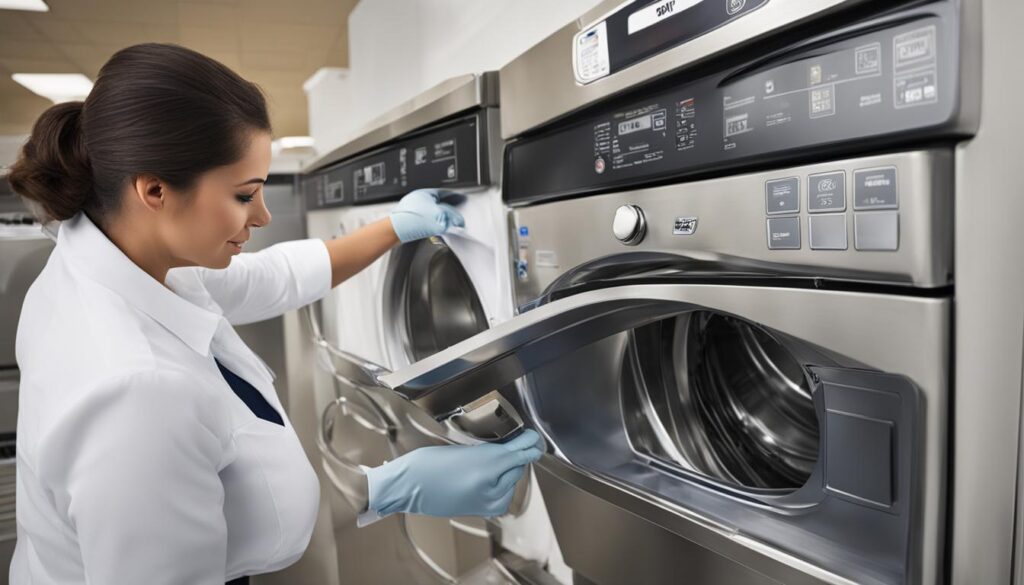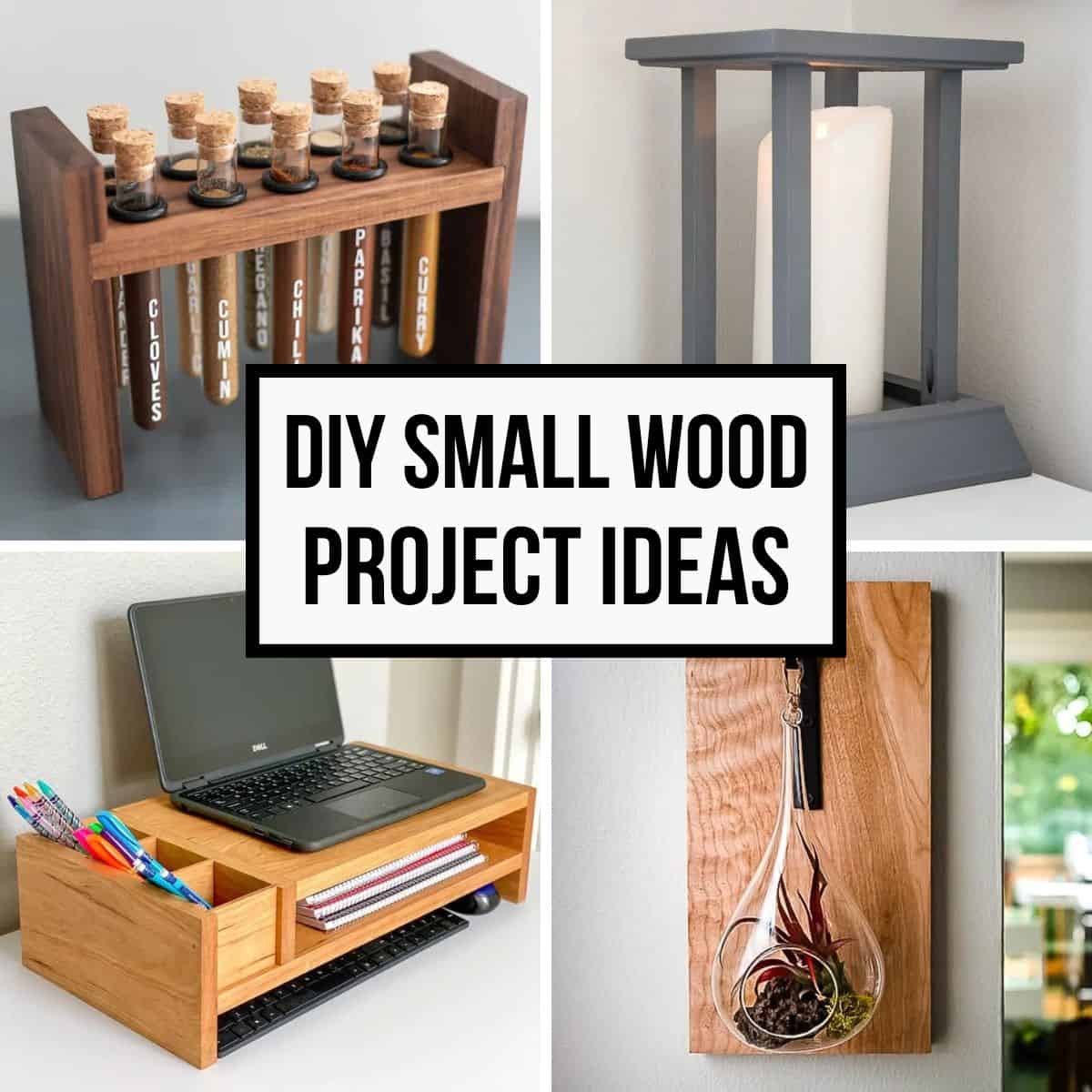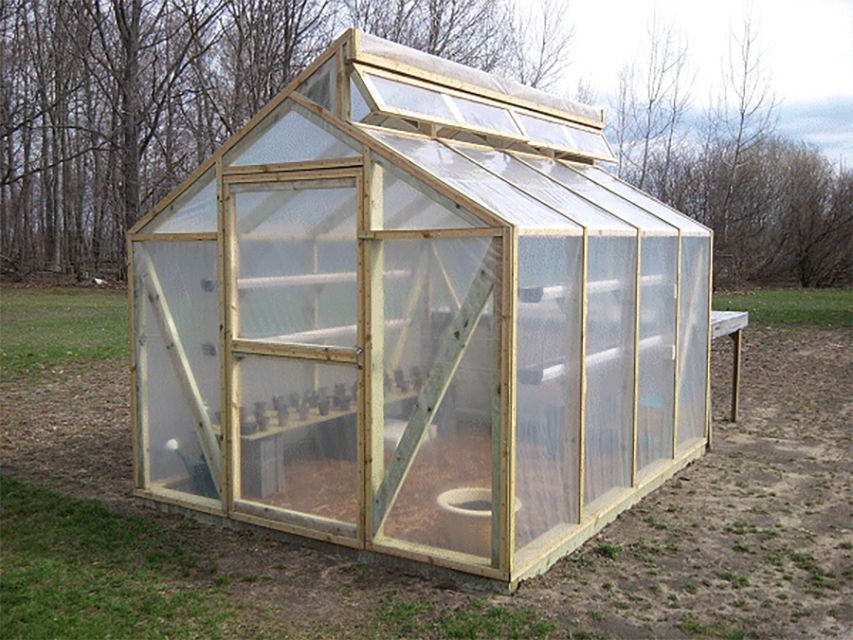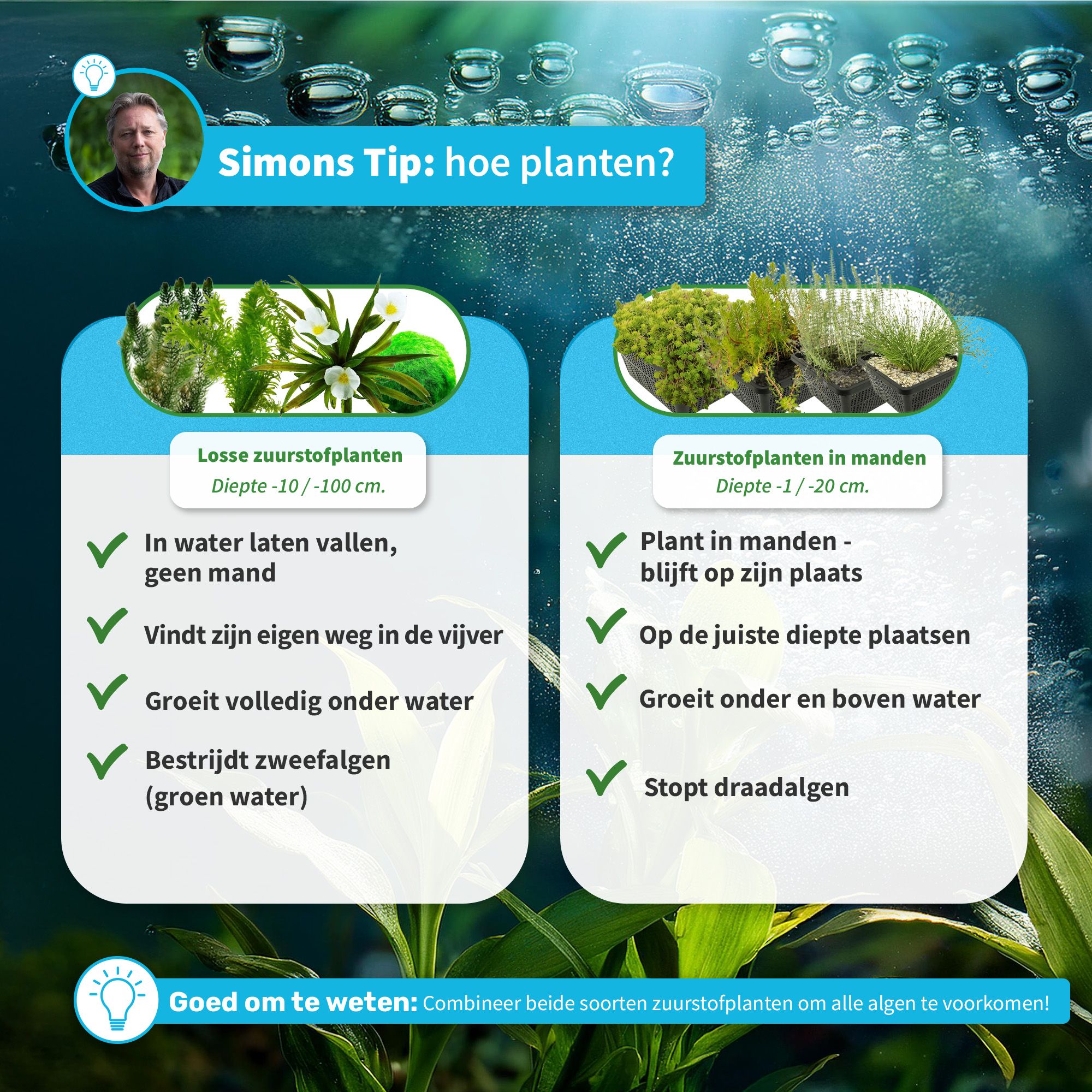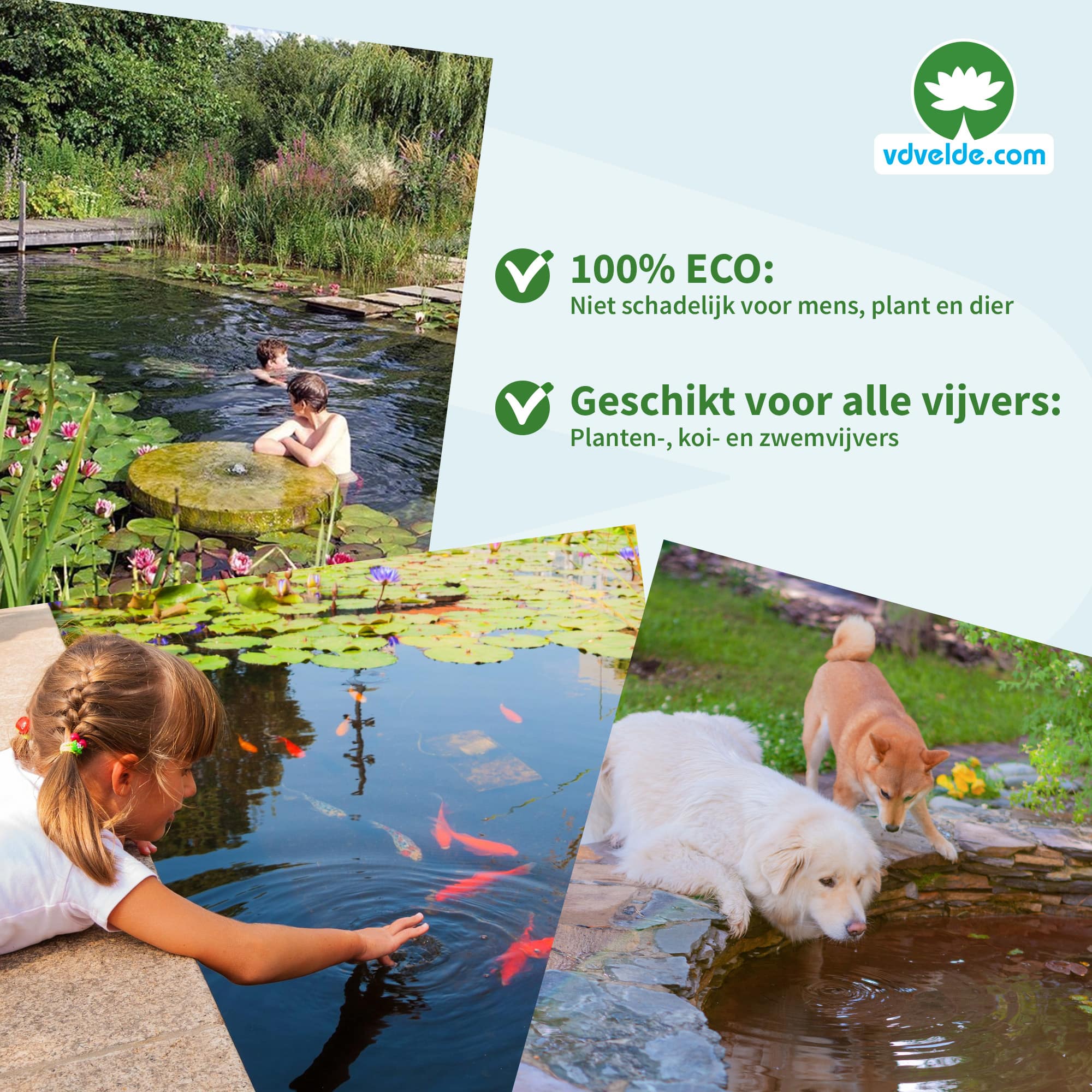A Comprehensive Guide to DIY Plug Crafting: Safety, Methods, and Alternatives
Introduction: The Importance of Safety in Home Crafting
DIY projects have become increasingly popular for those seeking personalization and creativity in their hobbies. However, when it comes to crafting items that are intended for internal or intimate use, safety is not just a recommendation-it’s an absolute necessity. This guide explores various methods and materials people have used for crafting custom plugs, emphasizes essential safety standards, and provides creative, non-hazardous alternatives for those interested in hands-on projects. Readers will find detailed explanations, practical steps, and important warnings to ensure safety is always the top priority.
Understanding Material Safety and Standards
When crafting any item intended for intimate contact with the body, using the right material is critical. Medical-grade silicone, stainless steel, and borosilicate glass are considered the safest materials, as they are non-porous, hypoallergenic, and easily sanitized. These standards are reflected in international safety regulations, such as ISO 3533, which outline requirements for safe design and use of intimate products. Experts strongly advise against using porous materials like wood, unsealed ceramics, or plastics not intended for body-safe use, as these can harbor bacteria or cause injury [1] .
For those considering metal crafting, such as aluminum, it’s crucial to use metals that are free of toxic additives and can be polished to a smooth finish. Rough or unfinished surfaces can cause micro-tears or other injuries. Additionally, any DIY item must have a wide, flared base to prevent accidental internal slippage-a key safety requirement [1] .

Source: hydroint.co.za
Popular DIY Methods: Examples and Step-by-Step Guidance
1. Inflatable DIY Solutions
Some individuals have reported using everyday items, such as balloons attached to hand or bike pumps, to create an inflatable plug. This method involves attaching a small rubber balloon to a hose-such as a garden or shower hose-secured with a rubber band. While this offers customization in size and inflation control, it is not without risks. Balloons are prone to bursting and may not be made from body-safe materials. Always ensure the materials are thoroughly cleaned, and never use inflatables that are not specifically designed for safe internal use. If you choose to explore this method, proceed with extreme caution and stop immediately if discomfort occurs [1] .

Source: semprebem.paguemenos.com.br
2. Metal Crafting and Investment Casting
Experienced hobbyists have used investment casting (also called lost-wax casting) to create custom metallic plugs. The process involves sculpting a model in wax, creating a mold with a heat-resistant plaster or ceramic, melting out the wax, and pouring molten aluminum into the mold. Once cooled, the mold is broken away, and the metal piece is polished. This method is complex and requires specialized equipment, a safe workspace, and knowledge of metalworking safety protocols. It is not recommended for beginners. Improper technique or materials can result in dangerous imperfections or toxic exposure [5] . Always research current best practices in metal casting and wear appropriate protective gear.
3. Creative and Decorative Alternatives
For those seeking a creative outlet without functional intent, pattern-based crafts such as crocheting are popular. For example, crafting a crocheted “emotional support” plug is a safe way to explore the shape and aesthetics of these objects without any risk of harm. These projects typically use yarn and stuffing and are intended solely for decorative or novelty purposes [3] . This approach allows for creativity without the hazards associated with internal use.
Step-by-Step Guidance for Safe DIY Approaches
Given the risks of improvised devices, the following steps outline how to approach home crafting responsibly:
- Research Materials: Only use materials that are non-porous, body-safe, and thoroughly cleanable. Medical-grade silicone, stainless steel, and borosilicate glass are industry standards. Never use wood, porous plastics, or unsealed ceramics.
- Design for Safety: Ensure any crafted object includes a wide, flared base to prevent internal slippage. Avoid sharp edges or seams that could cause injury [1] .
- Use Proper Tools: If attempting complex crafting such as metal casting, use appropriate molds, high-temperature-resistant equipment, and always work in a well-ventilated, safe environment [5] .
- Sanitize Thoroughly: Clean all materials and finished products with appropriate disinfectants before and after each use.
- Test Carefully: If you plan to use a homemade device internally, test for sharpness, roughness, or irregularities by hand before considering use. Discontinue use at any sign of discomfort.
For those interested in decorative or artistic crafts, pursue projects such as crocheting or sculpture that avoid any risk of harm [3] .
Potential Challenges and Solutions
DIY crafting of items for intimate use presents unique challenges:
- Material Sourcing: Medical-grade materials can be difficult to source for home use. Some specialty retailers offer safe materials, but always verify certification and intended use.
- Skill Level: Metal casting, glasswork, and silicone molding require advanced technical skill and equipment. Beginners are advised to avoid these methods for functional projects.
- Risk of Injury: Improperly crafted items can cause injury or infection. Using commercial products from reputable brands is strongly recommended for any functional use.
- Legal Considerations: In some jurisdictions, manufacturing or distributing certain types of devices may be subject to regulation. Always consult local laws before attempting to sell or share homemade items.
Alternative Pathways and Safer Options
If your goal is to personalize your experience or explore creative expression, consider customizing commercially available, body-safe items with non-invasive modifications such as decorative painting (using body-safe, non-toxic paints) or adding removable accessories. For hands-on crafting, projects such as crocheted or sculpted models offer a safe and creative outlet without the hazards of improvised internal devices [3] .
Where to Find Trusted Information and Supplies
For those seeking reliable materials or further guidance, consider the following approaches:
- Search for “medical-grade silicone suppliers” or “stainless steel for body jewelry” from established laboratory supply companies.
- Consult reputable craft communities and forums for best practices and safety tips. Always verify information with multiple sources.
- For decorative projects, standard craft stores and online marketplaces offer patterns and guides for novelty crafts.
- Always read reviews and check certifications when purchasing materials or tools.
If you need further information on safe crafting practices or product safety standards, consider visiting official health or consumer safety agency websites, or searching for “ISO 3533 safety standards” for intimate products.
Key Takeaways
DIY crafting can be a rewarding creative pursuit, but when it comes to projects intended for internal or intimate use, safety must always come first. Using only certified, body-safe materials, adhering to proven design standards, and thoroughly sanitizing all equipment are non-negotiable requirements. For most people, customizing commercially available, certified products or focusing on decorative crafting projects provides a safer, more accessible alternative to high-risk DIY methods. Always prioritize your health and consult trusted sources before attempting any advanced crafting project.
References
MORE FROM hotondeals.com


